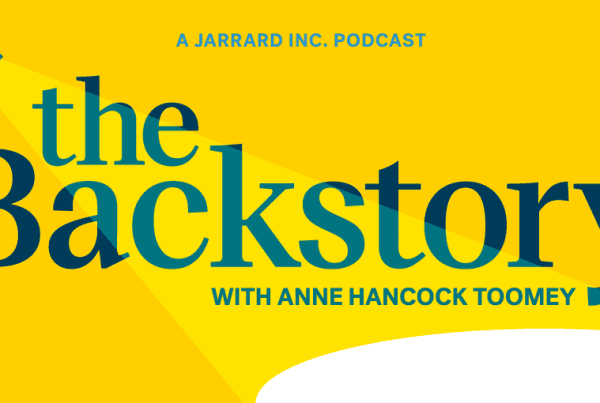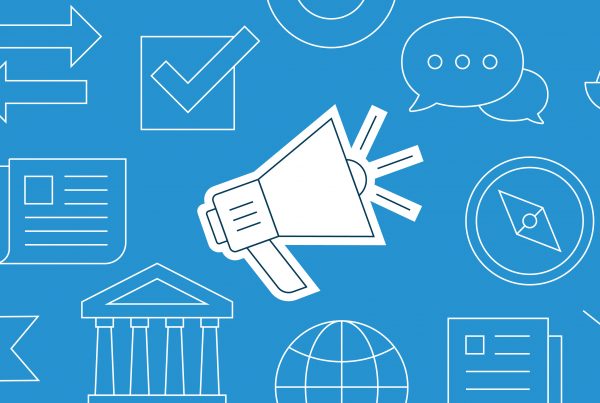By Senior Managing Advisor Allie Gross and Partner & Academic Health Systems Practice Lead Tim Stewart
All eyes are on DC this week as the House prepares to vote on the latest version of the federal budget bill – which includes dramatic changes to Medicaid that would reshape the healthcare landscape.
Much of the media coverage captures the devastating impacts for people who rely on Medicaid. Reports estimate that 11.8 million people of the 70+ million total enrollees stand to lose their health insurance coverage under the version the Senate passed on Tuesday.
That’s bad enough, but we need to be clearer: Cutting Medicaid means closing hospitals and blowing a giant hole in our healthcare delivery system.
The current iteration of the bill:
- Reduces Access to Care: Hospitals across the country rely on reimbursement from Medicaid to keep their doors open – especially in the country’s most rural reaches. Losing this critical funding source could lead to as many as 300 hospital closures or service reductions.
- Will Raise the Cost of Care: More people without health insurance means everyone pays more for healthcare. When people aren’t insured, they often skip preventive care and delay care until their situations are dire – and more costly for everyone in the healthcare system. A spike in uninsured people will likely lead to increases in state taxes and commercially insured patients being forced to pay higher premiums.
- Is Bad for Business: Companies across America – from small businesses with under 50 employees to behemoths like Walmart – rely on Medicaid for health coverage for their workforce, keeping people on-the-job and healthy. That’s not to mention the high-quality jobs that are lost when healthcare providers close or downsize.
Hospitals and health systems still have time (like, right now) to influence the debate. Elected officials need to know that they will be responsible for a future where hospitals are forced to cut staff and services. And their communities will be sicker and more dependent on emergency care.
There’s room for good old-fashioned advocacy here, with some legislators still open to the idea that the public may not be thrilled: “‘We cannot in good faith pass a bill through our chamber that hinges on cut corners and earmarks,’ [Rep. Marlin] Stutzman wrote. ‘The American people won’t stand for it.’”
At this moment, hospitals find themselves in a familiar position: reacting to policy changes from a defensive crouch. But this moment also sets the stage for future action in the next election cycle and beyond. Assuming the bill passes, despite massive public opposition to many elements (especially Medicaid cuts), that becomes the new baseline.
The work of today is to make hospitals’ voices heard in opposition to this bill, and to make clear the exceedingly high stakes.
The work of tomorrow is to rebuild trust and credibility with the public, so the provider voice has far more resonance next time.
Hospitals and health systems have been on defense in public policy debates for far too long. The future will demand a more proactive approach and affirmative case for hospitals and health systems.




